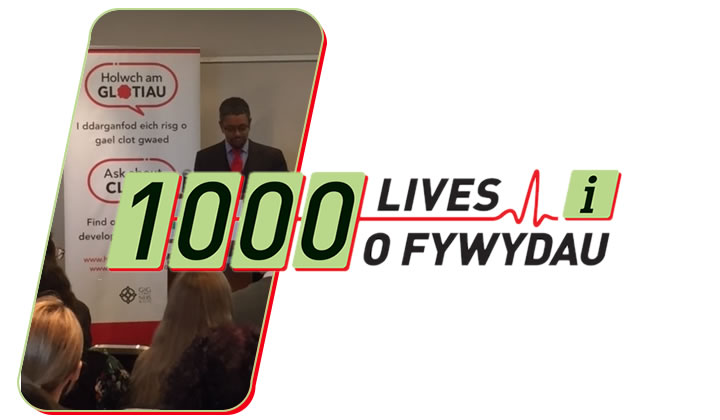
Around 1,250 people in Wales each year are at risk of dying from Hospital Acquired Thrombosis (HAT), following admission to hospital for surgery or an acute medical illness.
This is when a blood clot forms in the deep veins of the legs (deep vein thrombosis) and subsequently breaks off and lodges in the lungs (pulmonary embolus).
This is more than the number of patients dying from breast cancer, road traffic accidents and AIDS combined.
Not all these deaths are avoidable but many are with simple preventative treatment called thromboprophylaxis.
Thrombosis can also have long-term physical and psychological effect on survivors; up to 40% of patients develop post thrombotic syndrome comprising of chronic pain, swelling and ulceration of the legs. Some research has identified long term psychological symptoms resembling Post Traumatic Stress Disorder.
Since 2012, reducing avoidable harm and mortality from HATs has been a top priority for Welsh health boards, who’ve been taking a standardised approach to risk assessing patients for a HAT using thromboprophylaxis, followed by a form of Root Cause Analysis where risk is identified.


